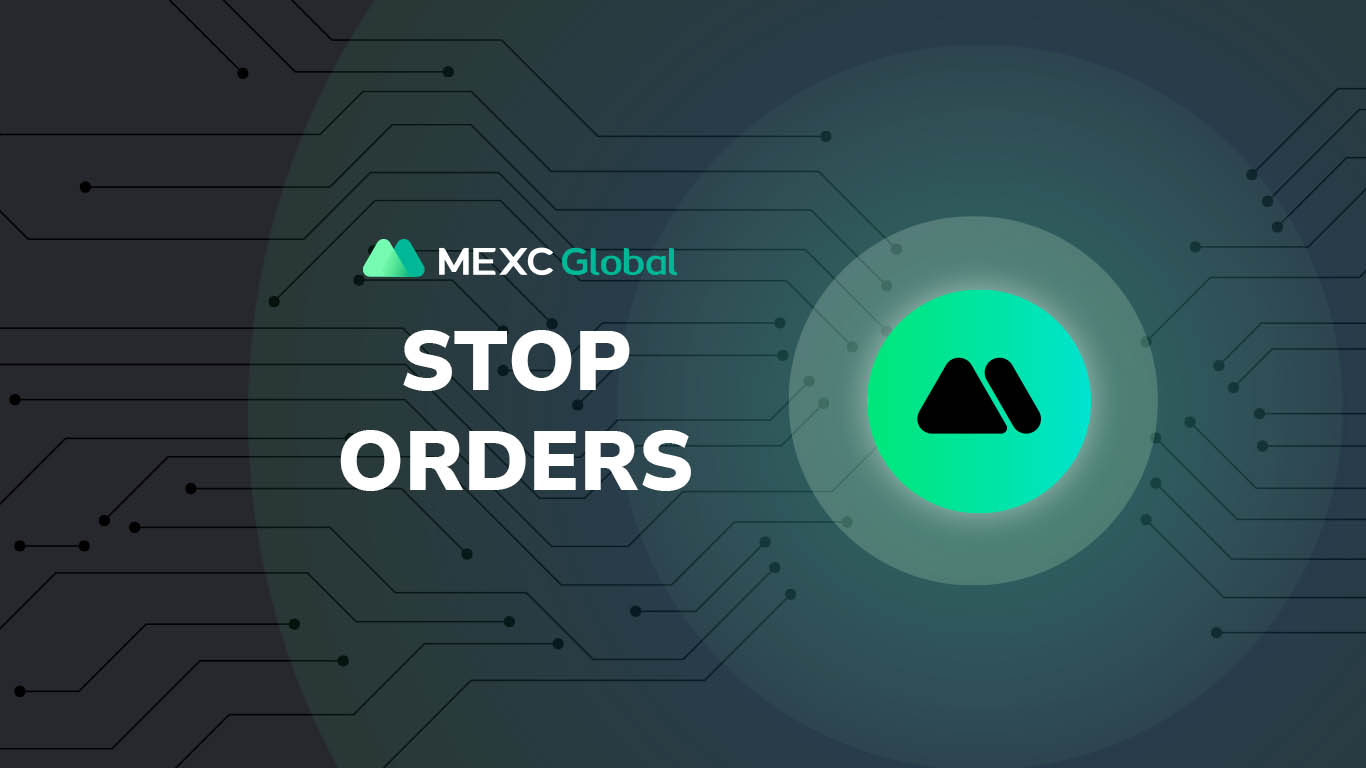
If you’ve ever felt stuck on platforms like YouTube or Facebook, where your data is sold and creators fight algorithms for pennies, you’re not alone. SocialFi and InfoFi are building decentralized alternatives where users own their data, creators get paid fairly, and communities drive growth.
I first stumbled into this space with Cookie DAO last year, and it’s been a wild ride ever since. Let’s unpack what these new models mean, why they matter, and how you can join in.
What We’ll Cover in This Article
What SocialFi and InfoFi actually are
The problems they solve compared to centralized platforms
Key pioneer projects reshaping Web3 in 2025
How these models change social media and data ownership
The future outlook and how to get started
1.The Problem and the Opportunity
Centralized platforms capture most of the value. Creators face demonetization, uneven payouts, and algorithm-driven silencing. In 2024 alone, over 1 million videos were removed from YouTube for vague policy violations. Mid-tier creators saw their ad earnings drop 15% in 2025 as algorithms prioritized mega-influencers.
Info platforms like Google and Wikipedia aren’t better. They rely on ads or donations, enforce opaque rules, and often sell user data. Privacy breaches remain common think GDPR fines for unauthorized tracking. Users contribute value but see little reward.
This is where SocialFi and InfoFi step in, flipping the model: communities capture value, attribution is on-chain, and tokens align incentives
2.Definitions: SocialFi and InfoFi
2.1 SocialFi
SocialFi takes the apps you already use like Facebook or YouTube and decentralizes them. No single company controls your data or content. Instead, users are part of the community, earn project tokens, and share in governance. Imagine posting a video and earning tokens not just from views, but also from fans tipping directly without a middleman.
2.2 InfoFi
InfoFi monetizes information itself. Think of it as decentralized Wikipedia or Google, but where contributors get paid. Researchers, curators, or everyday users can upload data, verify facts, and earn tokens when others use that knowledge. It shifts power away from ad-driven giants and rewards those who add value.
3.Why Talk About SocialFi and InfoFi Now?
Because the category is exploding. As of September 2025, SocialFi’s market cap has hit $1.5 billion while InfoFi TVL sits near $500 million (CoinGecko).
Web3 adoption is up 40% year-over-year, driven by frustrations with Big Tech’s control from algorithm tweaks that bury creators to sudden account bans. Projects like Kaito and Cookie DAO show how users can finally turn passive scrolling into active earning and In a world where data is the new oil, these models are democratizing value instead of centralizing it.
4.From Social Media to SocialFi and InfoFi
Unlike centralized platforms, these ecosystems put users first. They leverage blockchain to ensure privacy, transparency, and fair rewards.
Examples of Web2 → Web3 shifts:
YouTube → DTube, 3Speak
Facebook → Mastodon, Diaspora
WhatsApp → Element (Matrix), Hana Network
Wikipedia/Google → Hive, Zora
Today, they’re still early. Building a fanbase on Hive or Zora now is like being a YouTube creator in 2008 small audiences but massive upside.
5.Top 5 SocialFi and InfoFi Projects in 2025
5.1 Kaito (≈ $275M market cap)
Kaito blends AI-driven research with blockchain incentives. Users earn tokens for curating and validating data, making it a leader in InfoFi. Think of it as “Bloomberg meets Wikipedia” but decentralized.
5.2 UXLINK (≈ $154M market cap)
A SocialFi platform enabling tokenized networking. Communities can monetize connections, referrals, and social graphs with UX tokens.
5.3 Hive (≈ $97M market cap)
One of the oldest decentralized social platforms. Hive rewards creators directly with HIVE tokens, bypassing ads entirely. Popular for blogs, videos, and community building.
5.4 Steem (≈ $69M market cap)
A pioneer of decentralized blogging. Steem’s model inspired Hive, and while smaller today, it still powers niche communities.
5.5 Towns (≈ $55M market cap)
Focused on tokenized micro-communities. Towns allows small groups to issue tokens, monetize membership, and govern through DAOs.
6.Key Pillars
6.1 SocialFi
User ownership of data and content
Direct monetization through tokens, tips, and memberships
Governance via community-driven DAOs
6.2 InfoFi
Attribution and proof of contribution
Tokenized research, data sharing, and curation
Incentives aligned with truth and expertise
7.How They’re Changing Web3
These systems bring network effects that bleed into the broader crypto ecosystem:
Liquidity: SocialFi tokens add depth to DeFi pools.
Governance: InfoFi reputation feeds DAO decision-making.
Trust: Attribution systems help filter misinformation.
Innovation: Developers build apps directly on top of these platforms.
8.The Future: What’s Next?
Expect stronger fiat integration, richer reputation systems, and tighter ties with AI. Platforms like Kaito, Cookie DAO, and GiveRep already let you earn money for what you read or share on X (Twitter). Imagine DAOs funding journalism or communities underwriting loans based on social reputation.
But risks remain: wash trading, fake reputation, and regulatory pushback on tokens. Success will depend on balancing incentives with safeguards.
9.Getting Started: How to Explore SocialFi and InfoFi
Creators: Start posting on Hive or Zora; cross-promote on X for visibility.
Curators: Join Kaito or GiveRep to earn by verifying or sharing knowledge.
Builders: Explore APIs from Towns or UXLINK for integration.
Traders: Watch tokenomics especially circulating supply and reward models before buying.
Consistency and research are key. Like early YouTube, the ones who stick around will capture the upside.
10.Conclusion
SocialFi and InfoFi aren’t just buzzwords. They represent a shift in how value is created and shared online. By giving ownership back to users and monetizing attention and information fairly, they’re reshaping what social networks can be.
The next Facebook or YouTube might not be a company at all it could be a community-owned network, and the sooner you join, the sooner you can help shape it.
Disclaimer: This content is for educational and reference purposes only and does not constitute any investment advice. Digital asset investments carry high risk. Please evaluate carefully and assume full responsibility for your own decisions.
Join MEXC and Get up to $10,000 Bonus!



